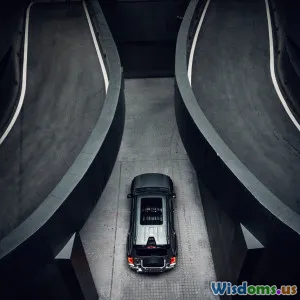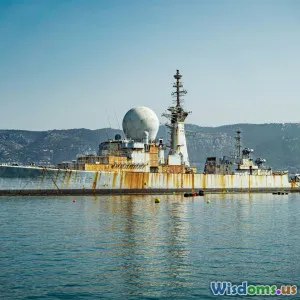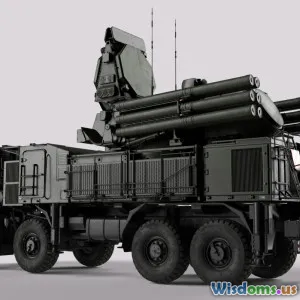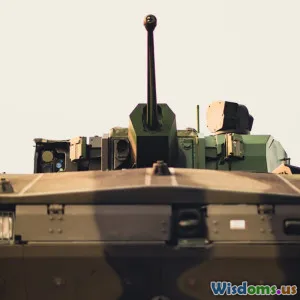
How Modular Armor Is Changing Tank Battlefields Forever
18 min read Discover how modular armor is revolutionizing tank warfare through improved adaptability, protection, and battlefield longevity. (0 Reviews)
How Modular Armor Is Changing Tank Battlefields Forever
In the annals of armored warfare, the clash of tanks has defined eras and shaped the outcomes of conflicts. Today, as battlefields evolve across unpredictable terrains and ever-shifting threats, a quiet revolution is rewriting the playbook: modular armor. From the heated deserts of the Middle East to urban theaters in Eastern Europe, the way tanks are shielded is transforming how wars are fought—and won. This article explores how modular armor is redefining protection, adaptability, and survivability, and what that means for the future of tank warfare around the globe.
The Essence of Modular Armor
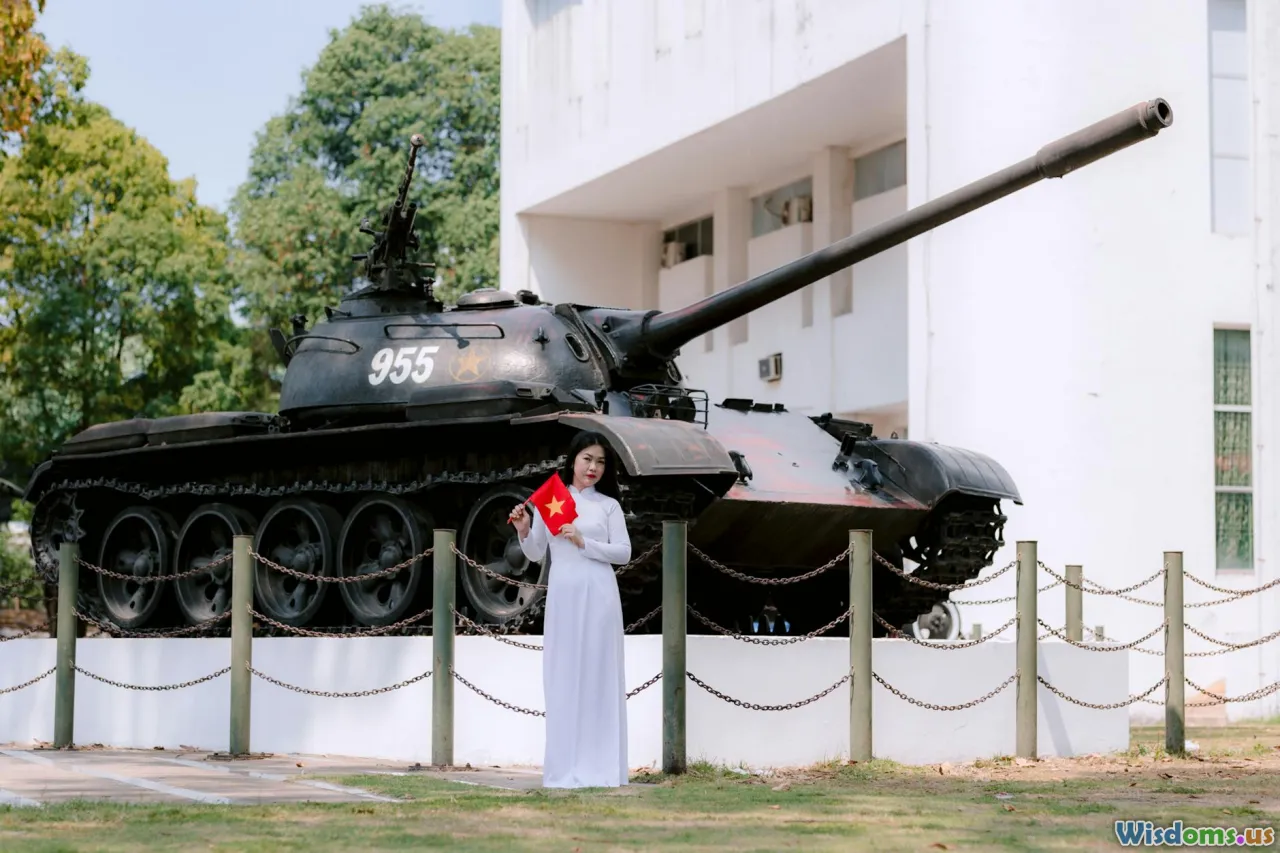
Traditional tank armor was a marvel of metallurgy and geometry, often welded as a single, massive shell. Modular armor, in contrast, consists of protective panels or blocks—known as modules—that can be attached, swapped, or upgraded independently. This innovation offers myriad benefits, chief among them adaptability and rapid repair.
Key Features:
- Interchangeability: Damaged modules can be swiftly replaced without sidelining the vehicle for extensive repairs.
- Upgrade Potential: As technology improves, older tanks aren't left behind—newer, more effective modules can be fitted onto existing chassis, enhancing survivability.
- Mission Customization: Commanders can outfit tanks with modules tailored to specific threats (such as reactive armor in anti-armor zones or ERA tiles in environments with heavy RPG use).
A compelling example is the Leopard 2A7V, Germany’s main battle tank. Its passive composite side skirts and add-on modular kits allow for quick adaptation depending on mission or threat type. The U.S. M1A2 Abrams uses similar concepts, incorporating replaceable armor panels and explosive reactive armor (ERA) that fits atop base layers.
The Rise of Adaptable Protection
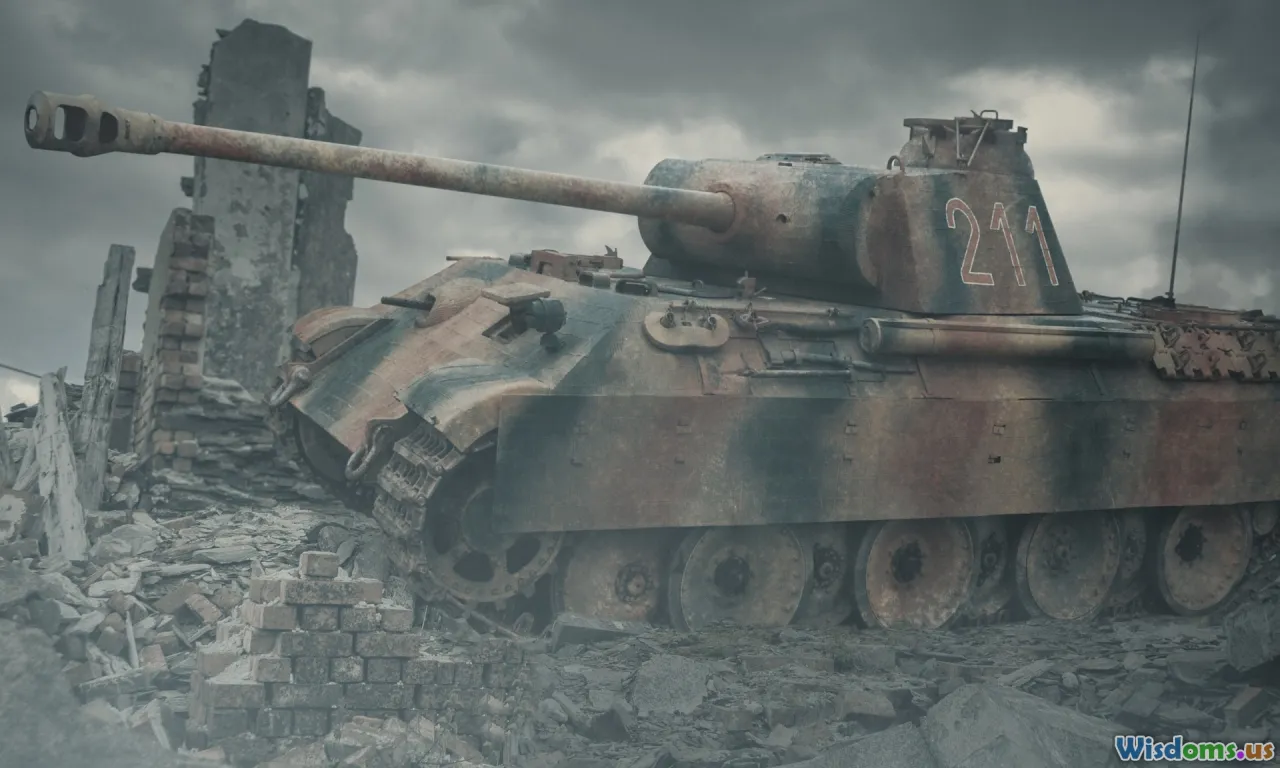
One critical advantage of modular armor is how easily tanks can be adapted for different scenarios. In the past, a tank designed for open field combat was at a disadvantage in dense urban terrain, where threats came from multiple directions and unconventional weapons were a constant danger. Modular armor now enables rapid adaptation, minimizing logistical and operational constraints.
On-the-Fly Upgrades
Take the Israeli Merkava Mk 4. Built with modular armor as a core feature, it enables crews to replace damaged sections during downtime, even in field conditions. More importantly, troops can adapt their vehicles using specifically designed kits—which may include additional side skirts, top-plate armor resistant to drone attacks, or even roof modules to counter downward-launching munitions.
This adaptability is crucial in contemporary conflicts where asymmetric warfare is prevalent. For example, during the 2022 Russo-Ukrainian War, both Russian and Ukrainian forces extensively modified their tanks with makeshift cages (improvised "cope cages") and commercial-grade add-ons to resist loitering munitions. Nations investing in purpose-built modular armor are one step ahead, able to counter evolving threats without hasty improvisation.
Improving Survivability Through Layered Defense
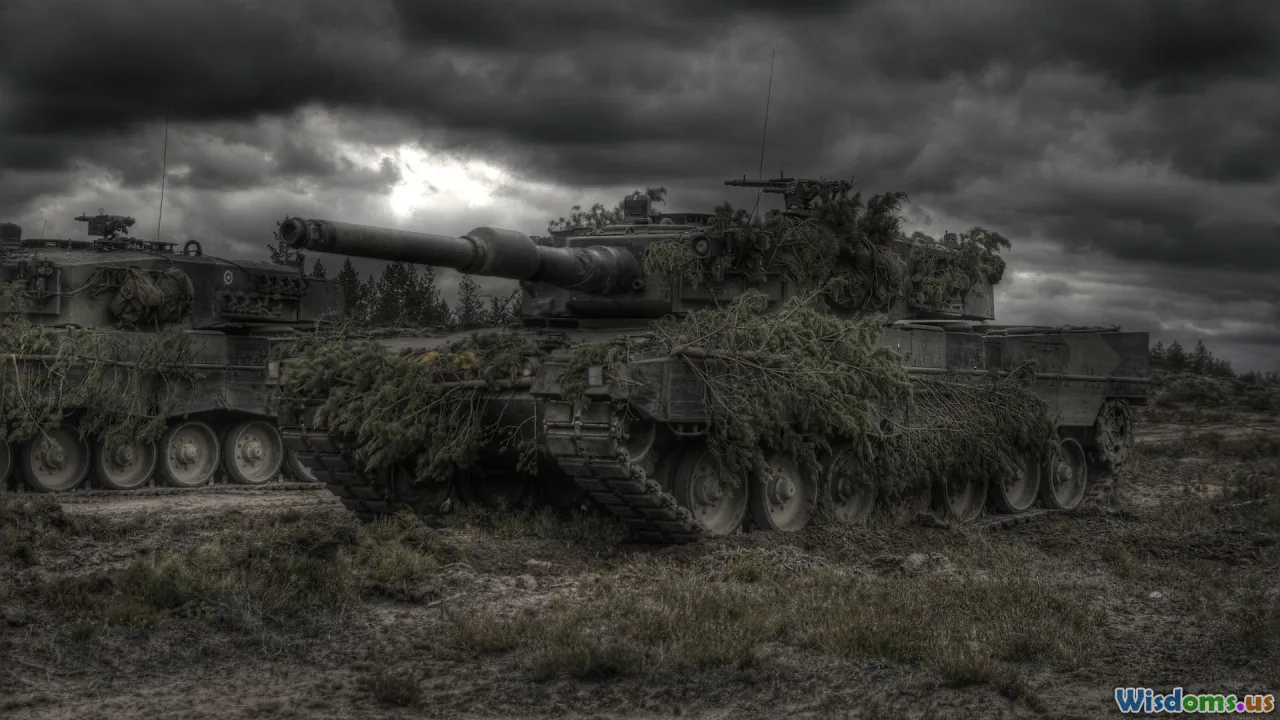
Modular armor is not just about rapidly swapping out parts—it's about combining multiple layers of defense, each designed to foil a particular class of weapon.
Blending Passive, Reactive, and Active Modules
- Passive modular armor typically consists of composite materials like ceramics, steel, and high-density plastics. These absorb and disperse kinetic energy from shells and bullets.
- Reactive modules—such as ERA—explode outward upon impact with a shaped charge or HEAT projectile, disrupting the penetrative jet.
- Active Protection Systems (APS) like TROPHY or ARENA, while not always geometrically modular, are often designed as bolt-on kits that can be installed or upgraded similarly to modular armor blocks.
The combination allows tanks like the Challenger 2 and the latest Abrams variants to create a multi-layered “onion” of protection:
- The outer shell defeats initial threats and shrapnel.
- ERA modules counteract anti-tank missiles and RPGs.
- Behind these, composite panels halt remaining penetrations.
- APS detects and destroys incoming projectiles, providing a last line of defense.
This approach significantly boosts crew survivability. The Royal United Services Institute (RUSI) has published studies indicating that tanks with modular ERA show about 60% higher survivability against modern guided anti-tank weapons compared to earlier, non-modular tanks.
Logistical Benefits: Keeping Tanks in the Fight
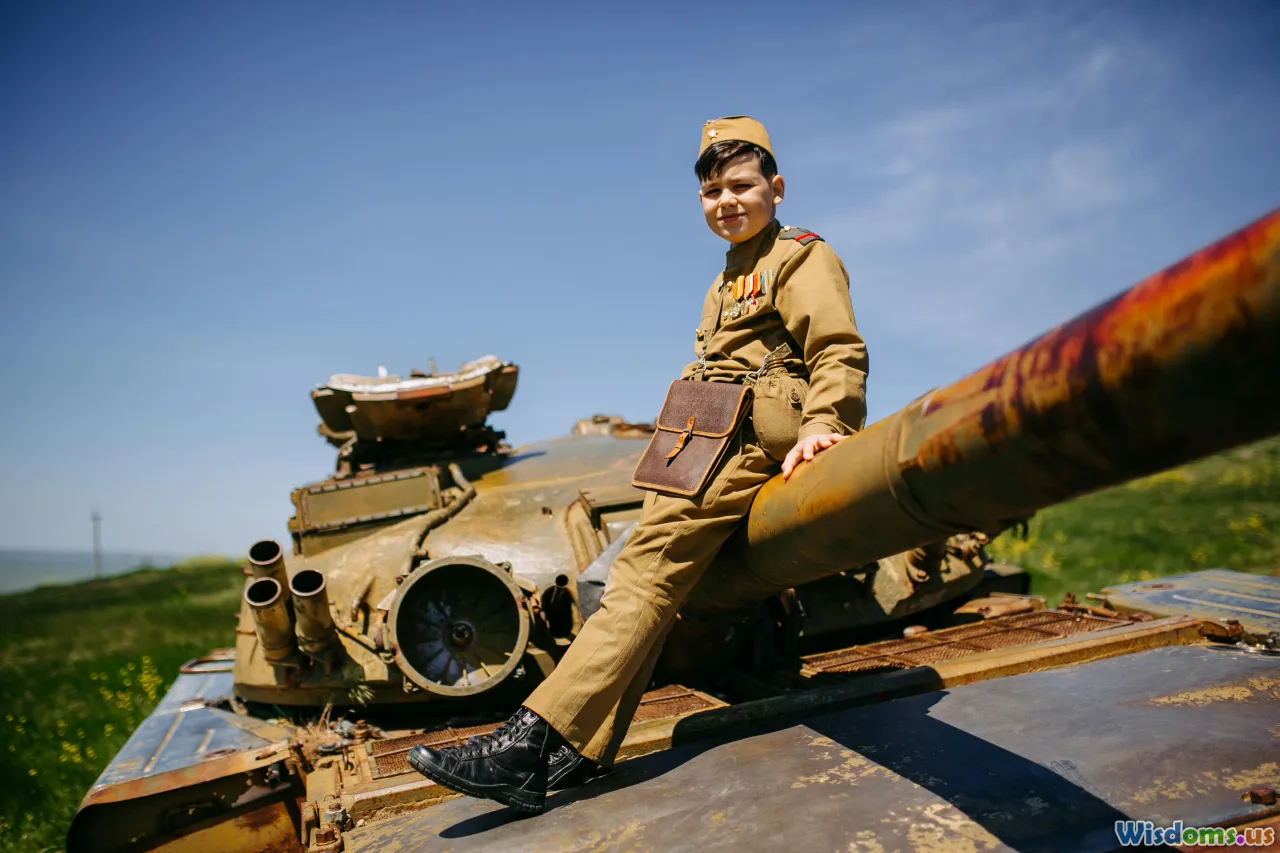
Tanks damaged by enemy fire used to require extended periods in depot for repairs. The advent of modular armor changes this calculus, with profound logistical consequences.
Field Maintenance and Rapid Repair
Armored units can now bring tanks back to combat condition in hours, not days or weeks:
- Spare modules travel with support convoys.
- Crews equipped with simple lifting equipment or even manpower can unbolt and bolt on replacement armor.
- Damage-assessment drones and diagnostics can pinpoint exactly which modules to switch out, minimizing downtime and resource use.
For example, in America’s National Training Center exercises, Army crews routinely swap ERA modules in simulated combat. This ability to repair on the spot dramatically increased operational availability rates, ensuring that tank battalions can operate at high intensity for longer periods without being crippled by cumulative damage.
Operational Flexibility
Because armor kits can be tailored, militaries no longer need to keep entirely separate vehicle fleets for different environments. Instead, they can send uniform tank models with interchangeable armor loads, simplifying supply chains and standardizing logistics.
Enabling Technological Evolution Without Full Fleet Replacement

Military budgets are rarely elastic. A major advantage of modular design is that an upgrade in protection doesn’t demand procuring a whole new tank. Instead, militaries can phase in revolutionary armor materials as they become available—one module at a time.
Staying Ahead of Evolving Threats
New developments in anti-tank weaponry emerge faster than ever. Modularity makes it possible to integrate experimental designs, such as:
- Nanostructured ceramics—nth-generation composite panels with superior hardness and resilience
- Electrically charged armors, which use magnetic fields to disrupt high-speed kinetic penetrators
- Defeat modules designed to absorb and neutralize drones or small loitering munitions
When Russia deployed its newer Kornet-EM anti-tank missile, it posed a significant threat to Western tanks. Germany’s response was not to develop an entirely new tank, but to quickly fabricate new side modules optimized against tandem-charge warheads and issue them as upgrades to existing Leopard 2 platforms.
Moreover, the Israeli Defense Forces routinely rotate new passive and reactive armor modules onto their Merkava fleet, fielding top-of-the-line protection without fundamentally altering their vehicle base.
International Case Studies: Modular Armor in Action

Examining how different nations employ modular armor strategies sheds light on its battlefield impact.
Leopard 2: Europe’s Adaptable Workhorse
Widely regarded as one of the best-protected tanks in the world, the Leopard 2 demonstrates modularity’s benefits. German engineers designed its armor as discrete blocks—if a particular side skirt is damaged, it comes off, a new one goes on. When Turkish forces deployed upgraded Leopard 2A4s in northern Syria, they supplemented the base model with modular add-ons: improved skirt tiles, enhanced frontal blocks, and ERA fitted to the turret and hull.
Merkava: Layers Upon Layers
The Merkava Mk 4, centerpiece of Israeli armored doctrine, incorporates both modular sections and the ability to add new forms of defense (such as the TROPHY APS). During the 2014 Gaza conflict, crews routinely replaced ERA side blocks and swapped roof modules to counter new threats as they emerged, enabling a rapid response to evolving battlefield hazards.
Abrams and Challenger: Western Innovations
The M1 Abrams series – notably the M1A2 SEPv3 – sports an evolutionary approach to modular armor, with new classified composites and urban-survivability kits (TUSK) that are swapped depending on deployment. The British Challenger 2, meanwhile, has received successive modular upgrades, including the advanced "Dorchester" composite armor packs and Trojan arrays, without changing the base hull since the late 1990s.
The Tactical Impact: Changing Battlefield Tactics
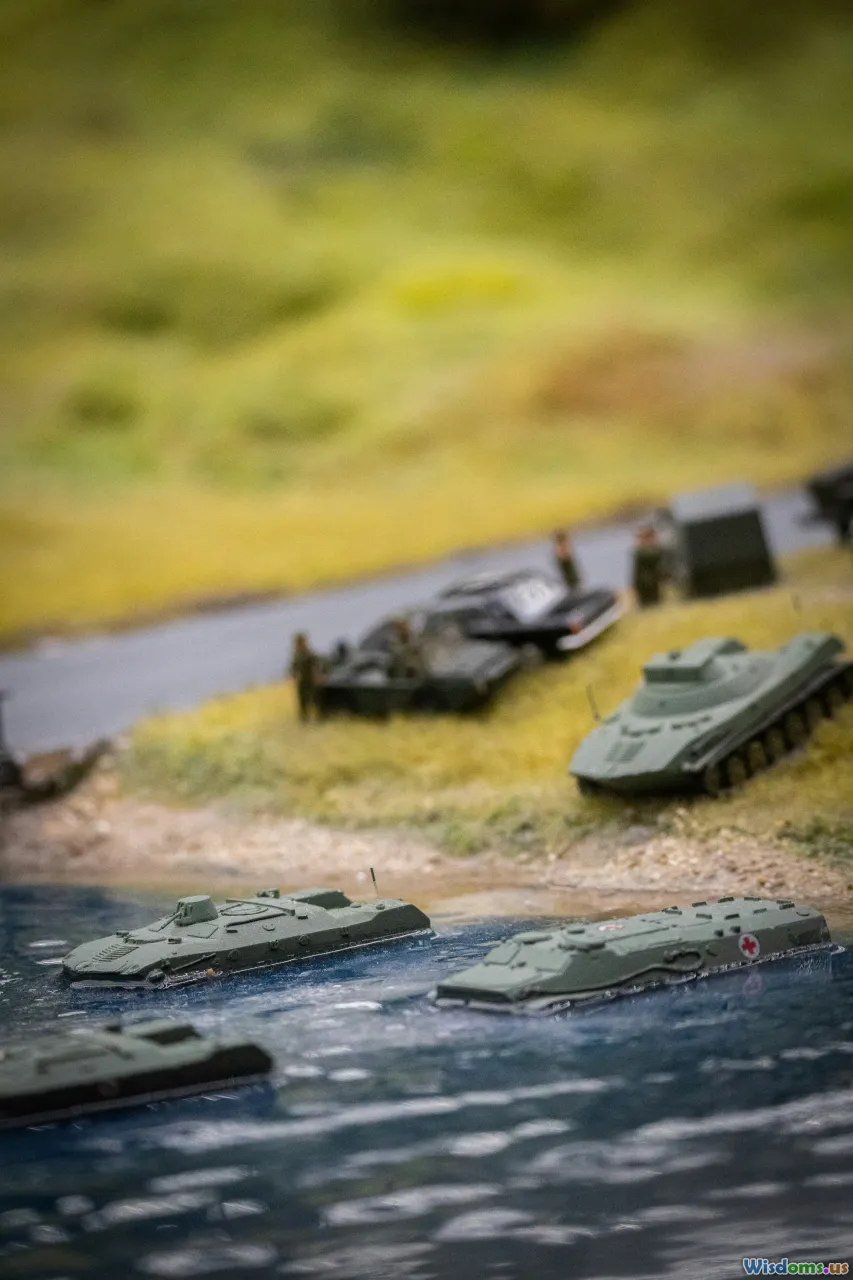
Modern warfare is as much about adaptation as firepower. Modular armor rewrites tactical norms and creates new dynamics between attackers and defenders.
Urban Warfare Advantages
In dense urban areas, tanks once faced overwhelming risks from RPGs and IEDs hidden around every street corner, or loitering kamikaze drones overhead. Modular armor allows tactical groups to:
- Equip urban-specific armor, such as ERA for side and roof modules
- "Strip down" for speed and maneuverability in open terrain, or bulk up for protection in static defense
This flexibility is changing doctrines worldwide. NATO forces tailor vehicle armor for multinational exercises, practicing rapid reconfiguration between phases of an operation.
Psychological Effects and Morale
Empowered by armor they trust can be adapted and repaired overnight, tank crews report higher morale and confidence levels. Knowing that their machines can bounce back from damage reduces risk aversion and boosts aggression where necessary—often a deciding factor in breakthrough operations.
Balancing Weight, Mobility, and Doctrinal Shifts
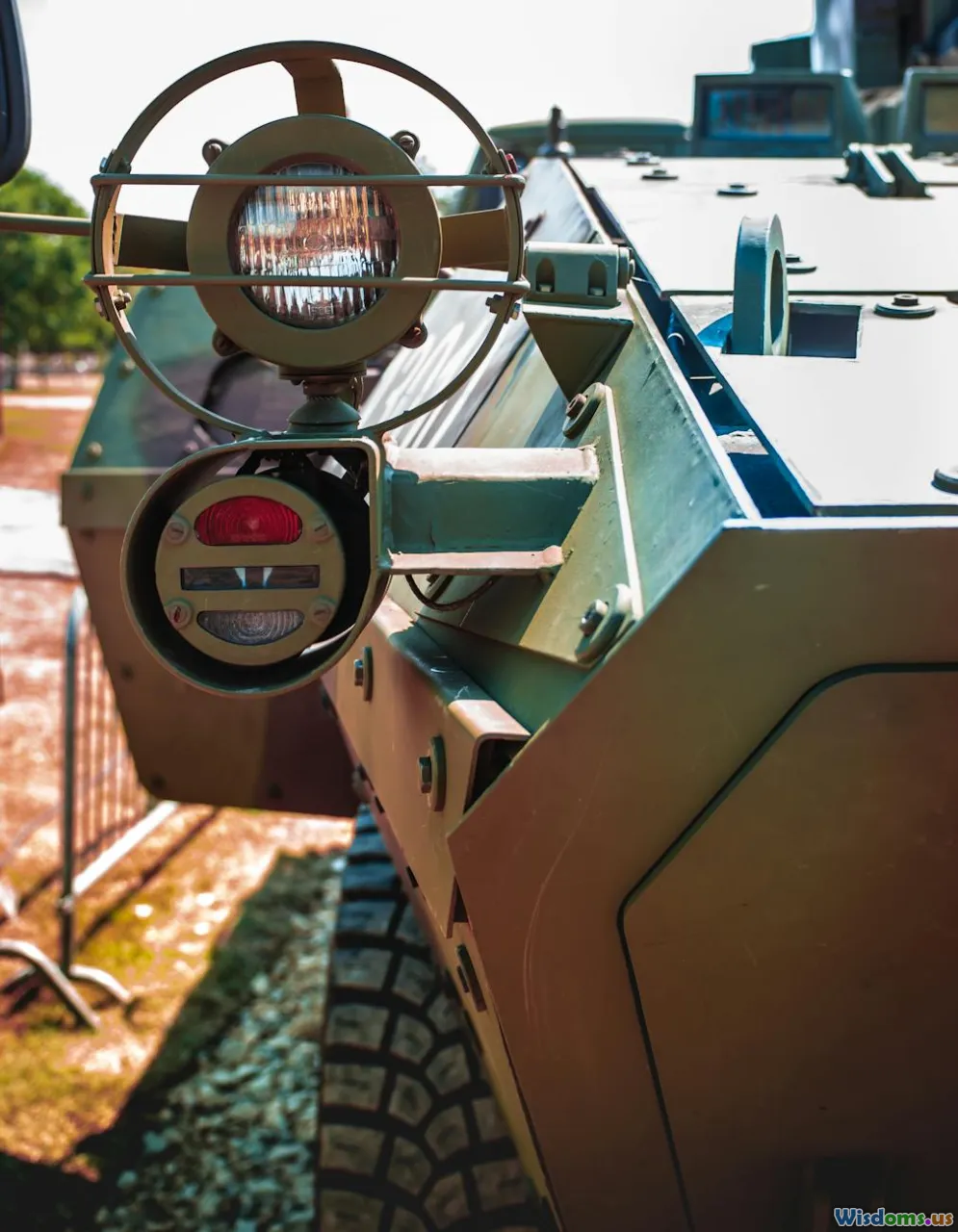
One challenge with modular armor is managing weight and mobility. Heavier protection often comes at the cost of speed and agility, potentially limiting strategic options, especially for rapid deployment or river-crossing scenarios.
Smart Material Choices and Design Decisions
Modern designers use computational modeling and live testing to optimize armor placement versus critical threat areas. This may mean thick modular blocks in high-probability hit zones and lightweight sections elsewhere. Some platforms, like the Russian T-14 Armata, are experimenting with unmanned turrets, placing key crew compartments under the thickest, most modular armor possible while slimming other parts for agility.
Doctrinal Transformations
Tactical doctrine is shifting to exploit modularity:
- Temporary removal of modules for strategic rail transport
- Pre-staging mission-specific armor at forward bases
- Continuous armor evolution pipelines facilitate rapid deployment of counters to new adversary tactics
This evolution impacts procurement and training, with crews familiarized not only with tank handling but also field installation and diagnostics of various module types.
The Future Landscape: Autonomous Tanks and Custom Faster Upgrades
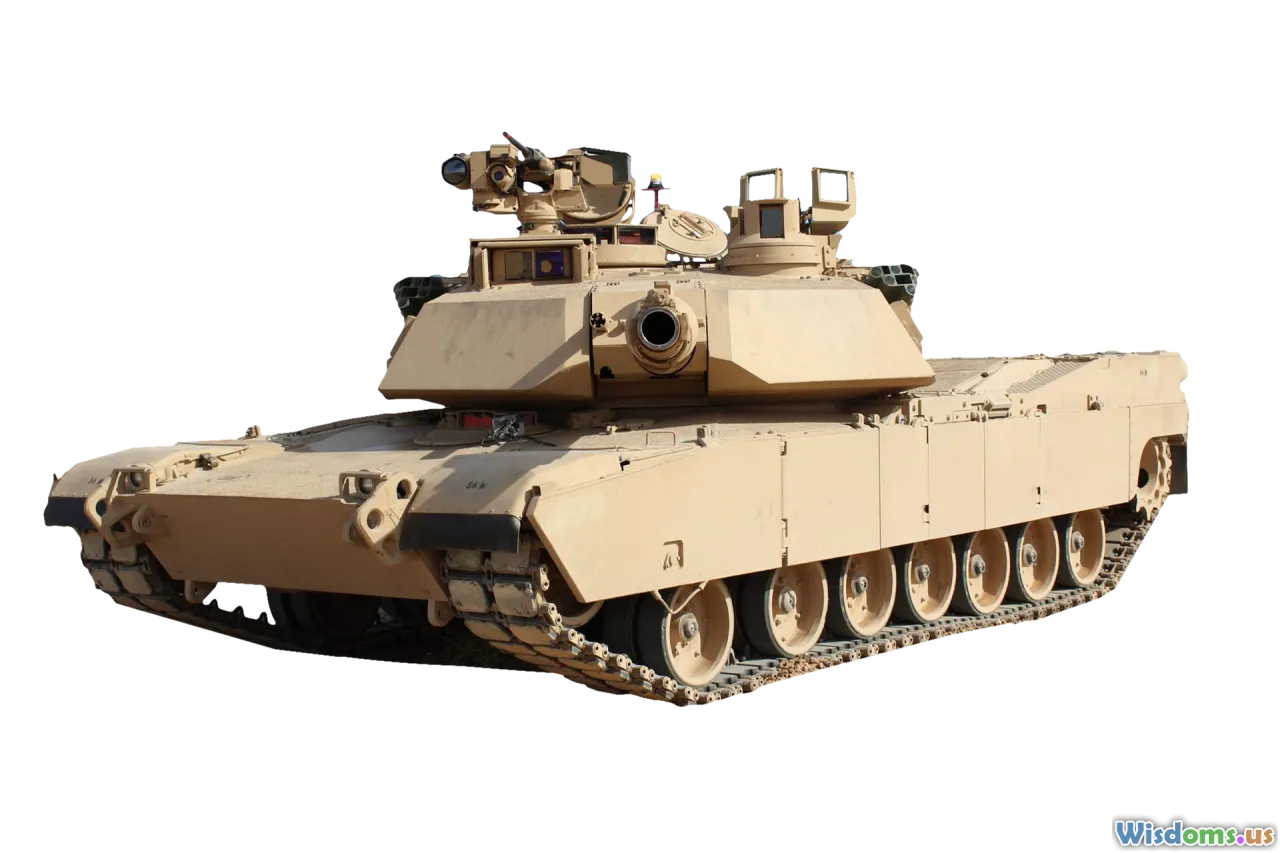
Modular armor is not standing still. As robots and AI enter the battlefield, adaptability will be more important than ever.
Integration with Unmanned Platforms
Autonomous unmanned ground vehicles (UGVs) are already being fielded in scouting and logistics roles. The next wave will be armored combat UGVs capable of:
- Swapping armor modules autonomously or with minimal human intervention
- Self-diagnosing damaged sections and requesting spares via secure networks
- Using adaptive materials that "harden" or "soften" in response to incoming threats, based on real-time intelligence
3D Printing and On-Site Fabrication
Rapid advances in additive manufacturing mean future armored units could fabricate or repair modules on-site. Imagine a tank battalion in the field, producing spare blocks with a ruggedized 3D printer, drawing on a store of composite filament or powder, and deploying custom solutions tailored to the specific type of threat observed that morning.
Smart Armor Modules
Engineers are already prototyping sensor-laden armor modules capable of not only providing physical protection, but relaying data about impacts, structural integrity, and enemy weapon characteristics in real time—feeding into a broader intelligence and countermeasure ecosystem.
What Modular Armor Means for the Modern Battlefield
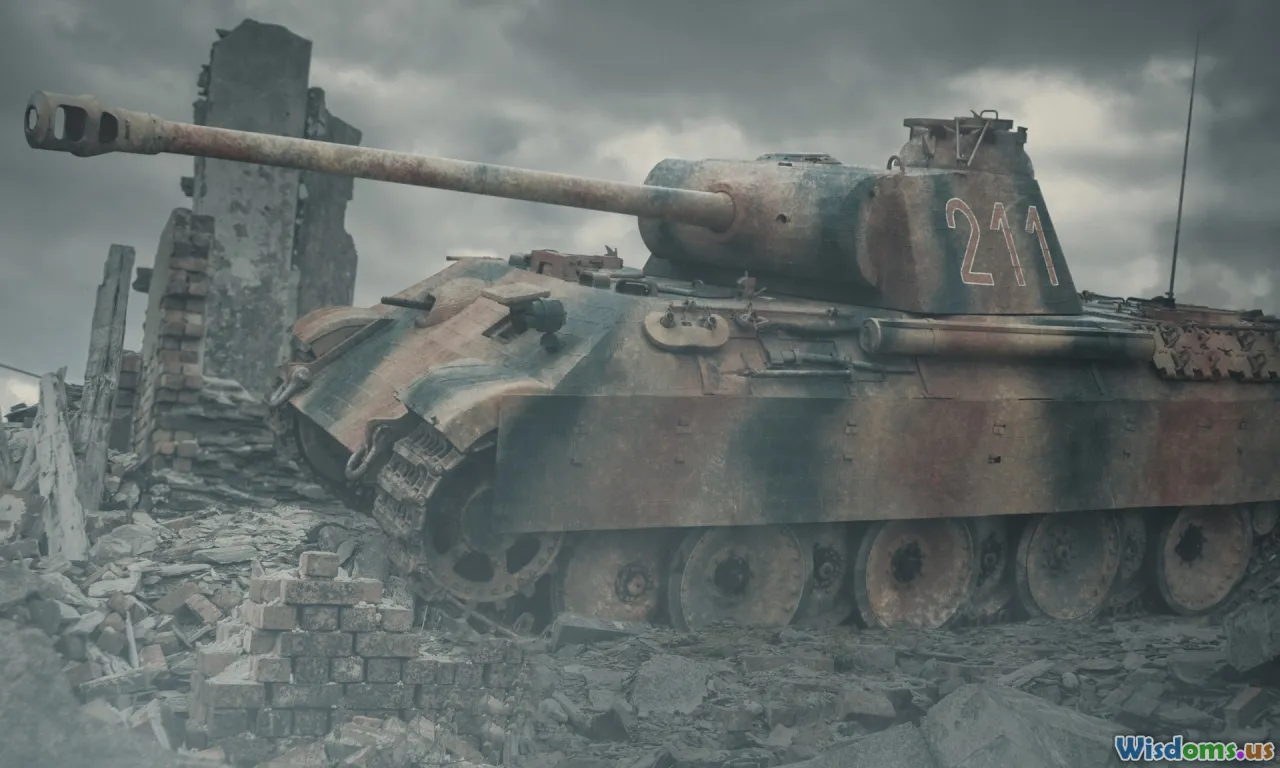
Modular armor is fundamentally rewriting the rules of armored warfare. It empowers militaries to stay ahead of fast-evolving threats, maintain operational tempo through rapid repair, boost survivability and morale, and create a smarter, more adaptive armored force.
Commanders can optimize tanks for every environment and adversary—flexibility once reserved for high-tech infantry. With unmanned turrets, 3D printed parts, and tomorrow's sensor-filled modules on the horizon, the battlefield will only grow more dynamic. The tank—so often called obsolete in the missile age—is being reborn as a shape-shifting fortress, matched only by the ingenuity and resolve of its crew.
Every new upgrade is more than a patch—it is a step toward a future where battlefield dominance is as much about adaptation and speed as it is about raw firepower.
Rate the Post
User Reviews
Other posts in Armored Vehicles and Tanks
Popular Posts










